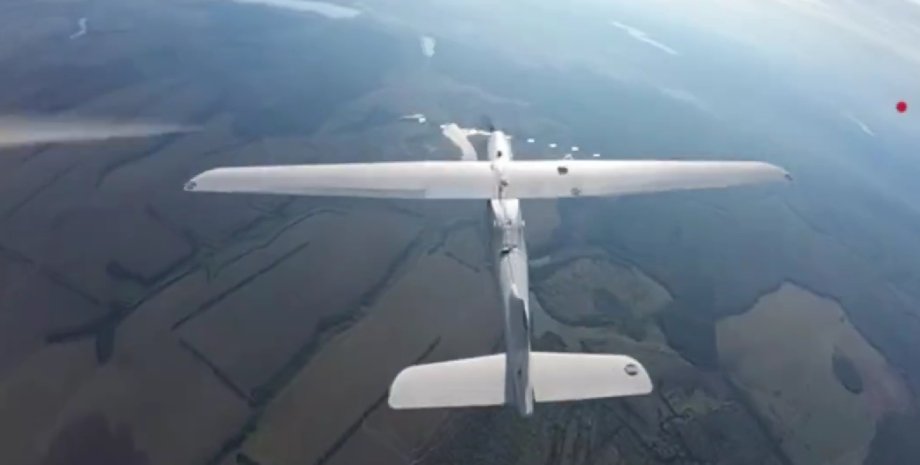
 By Eliza Popova
By Eliza Popova
In view of this, the Russians use bombs, artillery and lancet ammunition to beat far beyond the front line. These attacks would be impossible without accurate data on the targets that give intelligence drones such as "Orlan-10", "Orlan-30", Zala, SuperCam. It is difficult to knock down with conventional air defense aircraft, because they are small in size and fly quite high. Sometimes the Armed Forces have to spend Stinger missiles for $ 480 thousand on "Orlan-10" for $ 100 thousand.
The defenders of Ukraine have found a different way out, modifying the shock FPV-punks, which were previously used against ground targets, including tanks and artillery. Cheap and fast quadcopters have learned to climb a few kilometers for 700 dollars and hit the reconnaissance drones. This technology can completely change the situation on Earth, according to Forbes.
For example, there are some evidence that the offensive in the Kursk region of Russia has proved to be so successful as Ukrainian troops destroyed Russian reconnaissance drones, preventing them from tracking or targeting attacking units. The Ukrainian project "Wild Hornets" plays an important role in this area. In August, he showed a video with a video confirmation of more than a hundred drones of the Russian Federation.
In October, "Wild Hornets" reported on Telegram, which in three months transferred to the defense forces of more than 1000 so -called "anti -aircraft" drones, which shot down about 200 enemy sides. On October 11, blogger Sergey Sternenko reported that only the 1129th Belotserkovsky anti-aircraft missile regiment killed 145 Russian UAVs in a short time. It was easy to intercept the scout drones.
As soon as the Uaks shone on the radar, the FPV-Kamikadze pilot can rise into the air and approach from above and back. The reconnaissance operator usually does not notice the threat because they are concentrated on the ground. The occupiers are already trying to correct this problem by installing the posterior survey cameras. This allows the intelligence operator to maneuver or break away from the FPV.
In recent times, the flight and range of communication are very limited, so the conditional "eagle" needs to last minutes. Some Russian drones have got special means of radio electronic struggle against "anti -aircraft" interceptors. One option is: the scanner captures the presence of video signal from the approaching FPV and then the "jacket" emits the signal at the same frequency. Several different versions of the "glutchka" were installed.
They all look like a makeshift field systems, not as serial products, which again demonstrates the importance of responding quickly to the development in the field of unmanned war. As it should be expected, Russia did not watch what was happening for a long time and eventually began to use the same tactics. It is unknown whether they coordinate FPV-interceptors with air defense radars, but there are already several videos as they knock down Ukrainian drones.
Meanwhile, Wild Hornets raise funds for the next generation FPV, seeking to make them faster and even more efficient, as well as work on the interceptors of large Shahaneda drone. Future versions are likely to be equipped with optical homing for final guidance, which is already used against land purposes to nullify any obstacles. This is just a matter of time when, in parallel with the development of military biplanches in the First World War, specialized drones-fighters will appear.
Analysts prophesy three variants of events. According to the first, reconnaissance operations using UAVs will continue thanks to protection systems, albeit with losses on both sides. The battlefield will continue to be under the constant supervision of both sides. It is also possible that the attacking systems will win, and more Ukraine nor Russia will be able to effectively use reconnaissance UAVs. Without data, the troops will return to the tactics of blows that acted before the drones.
The third and most likely situation is that one of the parties will gain preference in the air above the other. The winners will see and target the enemy, remaining invisible and inseparable for long -haired rockets, planning bombs and long -range drones. It is possible that worse, the victorious will encounter a heavy and constant depletion of their terrestrial forces due to FPV-digging attacks without being able to strike.










All rights reserved IN-Ukraine.info - 2022